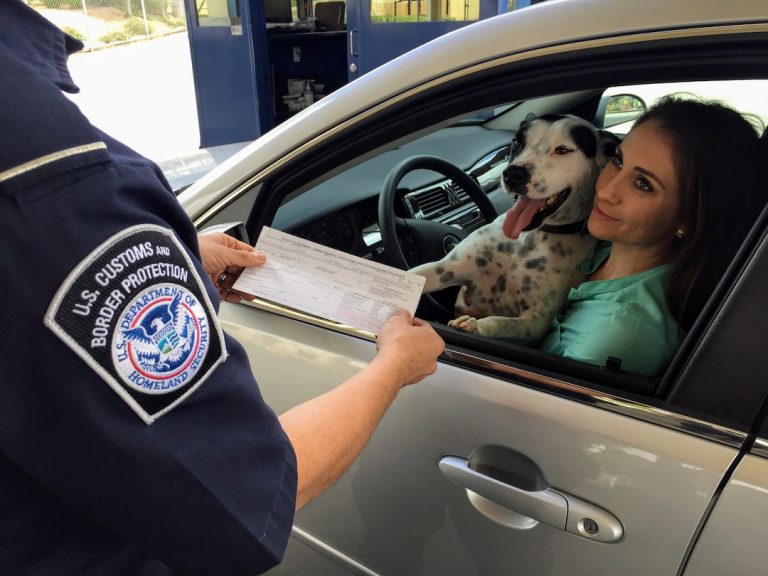What is a conditional receipt in insurance?
Conditional Binding Receipt — a receipt in life insurance that guarantees that if the risk is accepted, the named insured is insured from the date of issuance of the receipt.
Conditional Receipt
What are the two types of conditional receipts?
The function of a conditional binding receipt can actually be divided into two separate receipts: a conditional receipt and a binding receipt.
Which is the appropriate action by the insurer if a prospective?
Which is the appropriate action by the insurer if a prospective insured submitted an incomplete application? Any unanswered questions need to be answered before the policy is issued. If the insurer receives incomplete applications, they need to be returned to the applicants for completion.
How does a conditional receipt differ from a binding receipt?
The difference between a conditional binding receipt and a straightforward binding receipt is that a straightforward binding receipt requires the insurance company to pay the death benefit once the first premium gets paid, whether the applicant is ultimately approved or not. Conditional binding receipts are common.
What is conditional receipt?
A conditional receipt gives an insurance company a window of time in which they can ultimately issue or refuse to approve the policy. If during this time, the applicant for a life insurance contract dies, the company will pay a death benefit if the policy would have been issued.
What is conditional coverage in insurance?
An insurance contract in which the insurer's promise is conditioned upon (dependent upon) certain things occurring or being done.
How does a conditional receipt differ?
The difference between a conditional binding receipt and a straightforward binding receipt is that a straightforward binding receipt requires the insurance company to pay the death benefit once the first premium gets paid, whether the applicant is ultimately approved or not. Conditional binding receipts are common.
What are the types of conditional receipts?
The conditional receipt contains two subcategories as well: (1) Insurability and (2) approval. The insurance agent should collect the first full installment from the applicant at the time of application. The conditional receipt is the most common form of receipt, but it is not a full receipt.
What does conditional receipt mean in life insurance?
Conditional Binding Receipt — a receipt in life insurance that guarantees that if the risk is accepted, the named insured is insured from the date of issuance of the receipt.
Gross Income Exclusion | Life Insurance Proceeds | Income Tax Course | CPA Exam Regulation
Is a conditional receipt a binding receipt?
A conditional binding receipt is a common type of receipt issued after the first payment of a new life insurance policy. It creates a conditional contract between the applicant and the insurance company.
What is the difference between a binding and conditional receipt?
under a conditional receipt , a death claim will NOT be paid if the application is declined by the underwriter . under the binding receipt a death claim will be paid whether or not the applicants application is approved by the underwriter.
Which of these actions should a producer take when submitting an insurance application to an insurer?
One of the actions a producer should take when submitting an application is to advise the insurer of any other relevant information not contained in the application.
Conditional Acceptance? or Condition Subsequent + Condition Precedent.
Which of the following would provide an underwriter with information concerning an applicant?
Terms in this set (34) Which of the following would provide an underwriter with information concerning an applicant's health history? EXPLANATION: An agent's report and inspection report provide personal information.
What is the purpose of a conditional receipt?
A conditional receipt gives an insurance company a window of time in which they can ultimately issue or refuse to approve the policy. If during this time, the applicant for a life insurance contract dies, the company will pay a death benefit if the policy would have been issued.
Why must an insurance applicant answer all?
The reason behind it is to attest that the statements on the application are accurate to the best of the applicant's knowledge. Essentially, it's a liability piece on part of the insurance company so that people are truthful and honest in their applications and can be held accountable for them.
CONDITIONAL ACCEPTANCE NOTICE OF UNDERSTANDING AND AND REQUEST FOR A TRUE BILL
What is the difference between binding receipt and conditional receipt?
The difference between a conditional binding receipt and a straightforward binding receipt is that a straightforward binding receipt requires the insurance company to pay the death benefit once the first premium gets paid, whether the applicant is ultimately approved or not. Conditional binding receipts are common.






